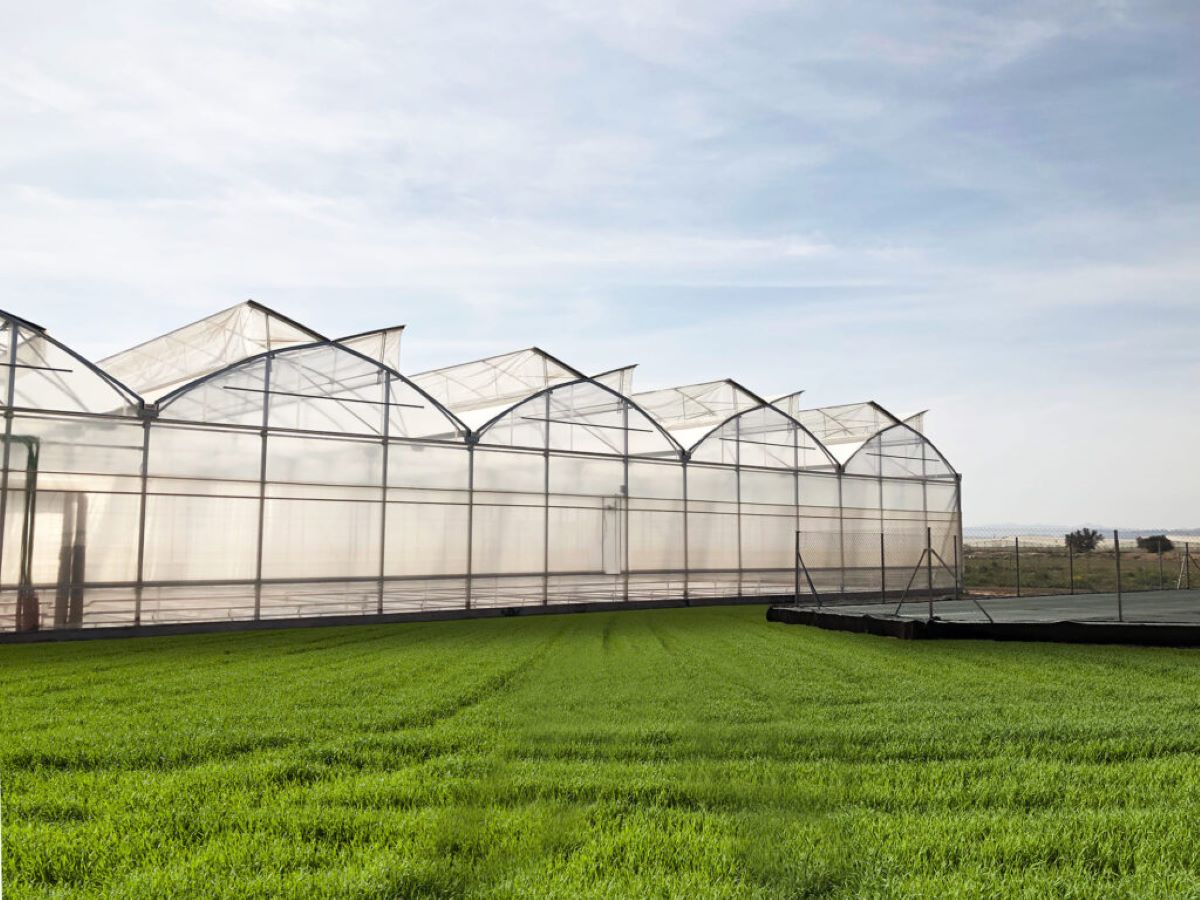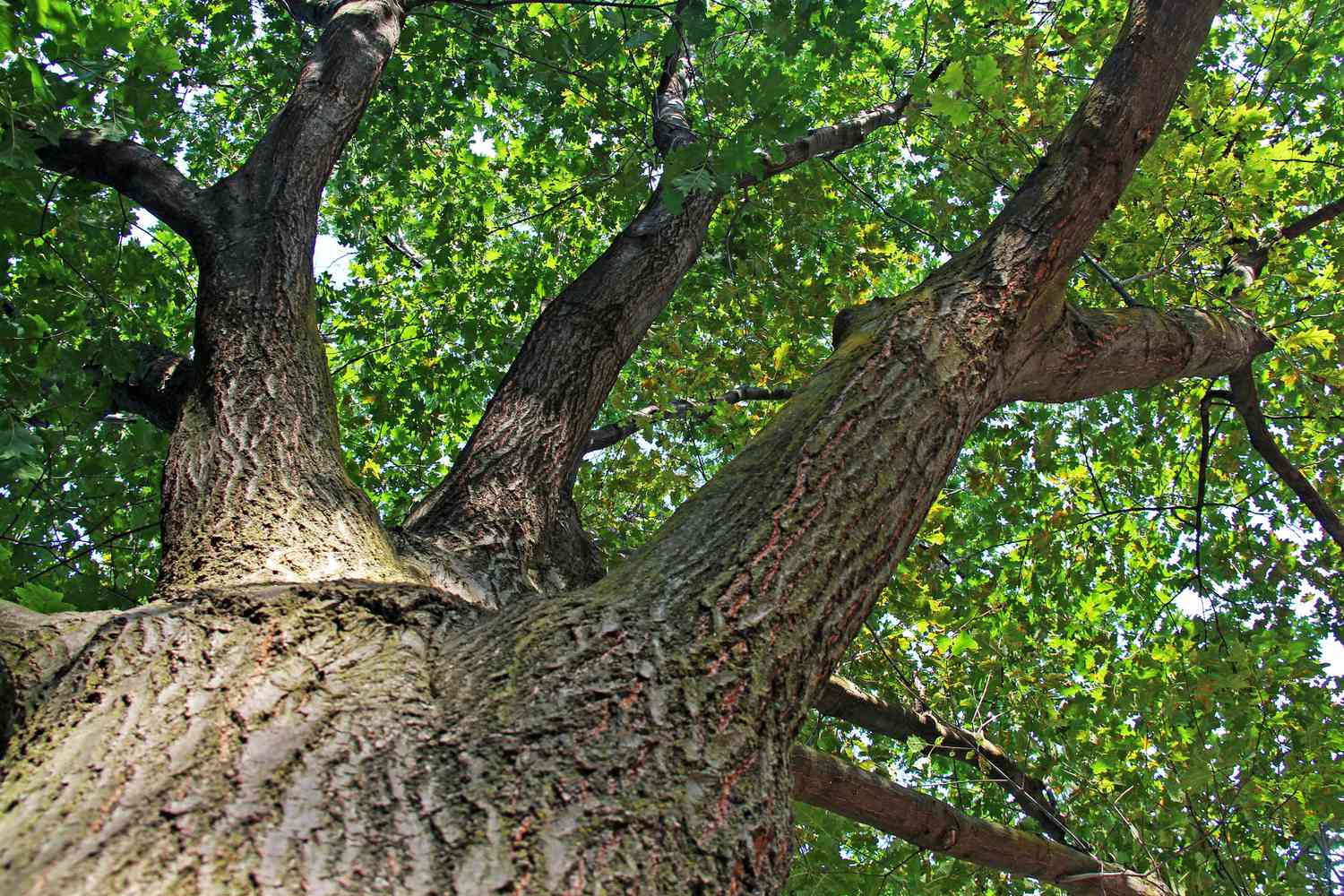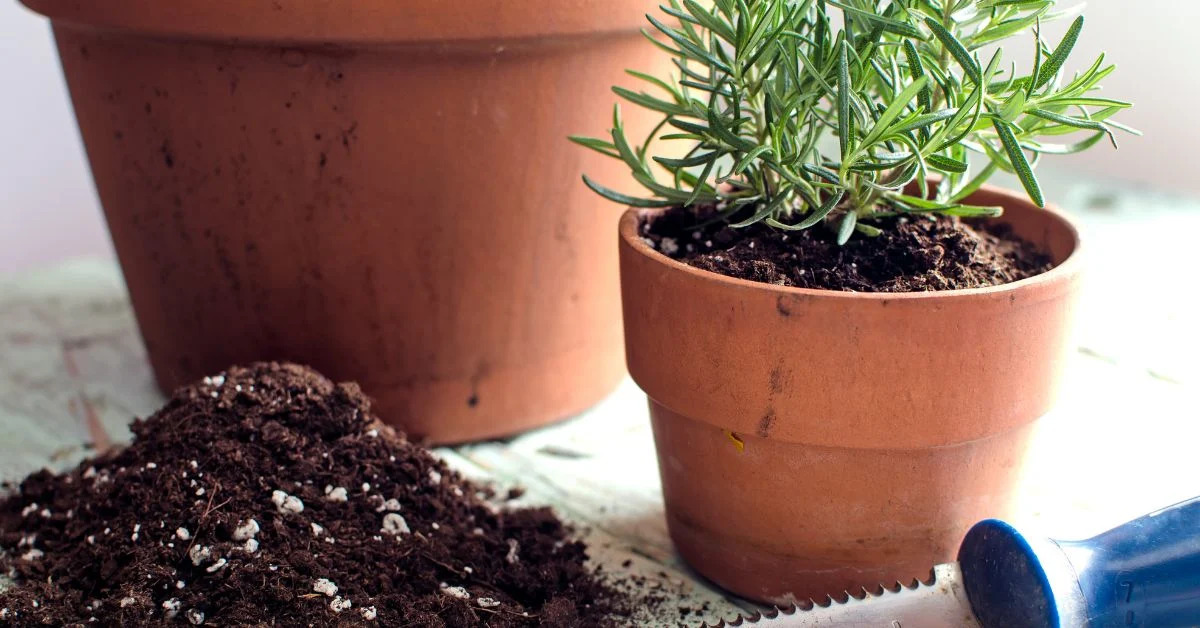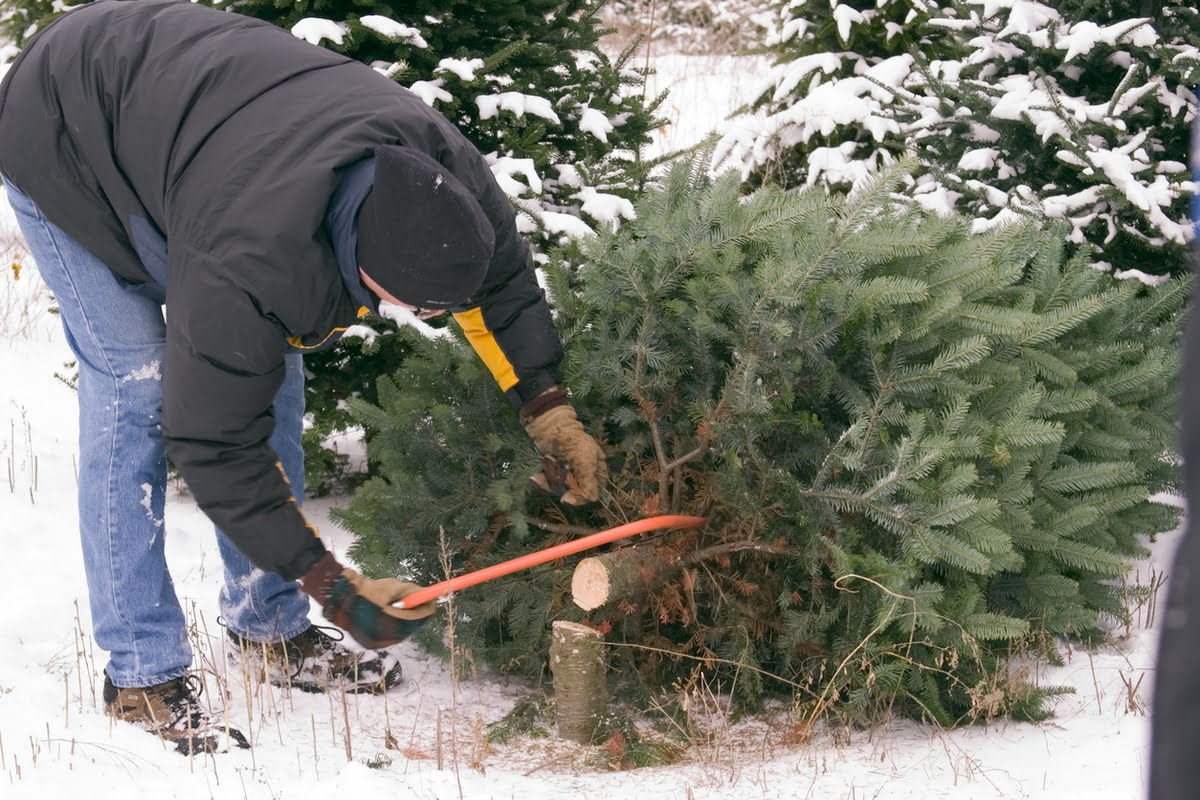Home>Types of Gardening>Ornamental Gardening>What Kind Of Fertilizer For Clematis
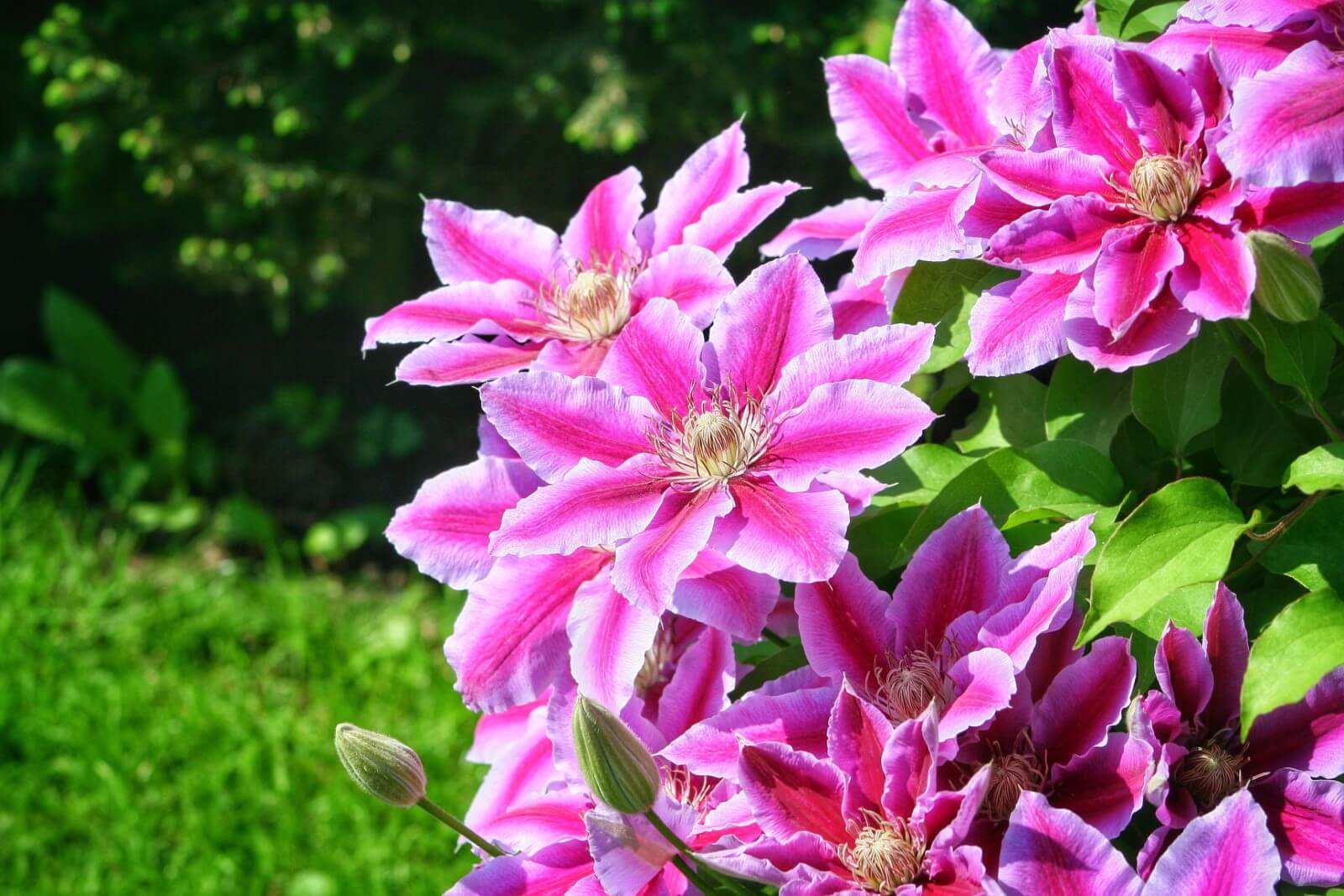

Ornamental Gardening
What Kind Of Fertilizer For Clematis
Modified: January 22, 2024
Looking for the best fertilizer for your clematis? Discover the ideal ornamental gardening fertilizer to ensure healthy and vibrant blooms.
(Many of the links in this article redirect to a specific reviewed product. Your purchase of these products through affiliate links helps to generate commission for Chicagolandgardening.com, at no extra cost. Learn more)
Table of Contents
Introduction
Welcome to the world of ornamental gardening, where beauty and creativity come together to transform outdoor spaces into mesmerizing sanctuaries. One plant that has stolen the hearts of many garden enthusiasts is the clematis. With its striking blooms and graceful vines, clematis adds a touch of elegance and charm to any garden or landscape.
But to ensure the healthy growth and abundant flowering of clematis plants, proper care and maintenance, including fertilization, are essential. Fertilizing clematis plants not only promotes vigorous growth but also provides the necessary nutrients for vibrant and long-lasting blooms.
In this article, we will delve into the world of fertilizers for clematis and explore the different options available. Whether you prefer organic or chemical fertilizers, or even slow-release fertilizers, we have got you covered. We will discuss how and when to apply fertilizer to clematis plants and provide best practices to help you achieve stunning results.
So, without further ado, let’s uncover the secrets to nurturing your clematis plants into flourishing beauties that will leave you and your guests in awe.
Understanding the Nutritional Needs of Clematis Plants
Understanding the Nutritional Needs of Clematis Plants
Before diving into the world of fertilizers for clematis, it is important to understand the nutritional needs of these beautiful plants. Like any living organism, clematis plants require certain nutrients to thrive and reach their full potential.
One of the primary nutrients that clematis plants need is nitrogen. Nitrogen is responsible for promoting lush foliage and vigorous growth. It plays a vital role in the development of leaves and stems, giving the plant its lush green appearance.
Another important nutrient for clematis is phosphorus. Phosphorus is essential for promoting strong root development and overall plant health. It also contributes to the production of vibrant and abundant blooms.
Potassium, also known as potash, is another crucial nutrient for clematis plants. Potassium helps in the regulation of water movement within the plant, ensuring proper hydration and preventing dehydration. It also plays a role in enhancing flower color and promoting disease resistance.
In addition to these major nutrients, clematis plants also require trace elements or micronutrients for optimal growth. These include iron, manganese, zinc, copper, and boron. Although only needed in small quantities, these micronutrients are essential for various physiological processes within the plant.
Now that we have a basic understanding of the nutritional needs of clematis plants, let’s explore the different fertilizer options available to meet these requirements. Whether you prefer organic or chemical fertilizers, there are plenty of choices to suit your gardening style and preferences.
Organic Fertilizer Options for Clematis
If you’re an advocate of natural gardening practices, organic fertilizers can be an excellent choice for nourishing your clematis plants. These fertilizers are derived from natural sources and provide a slow and steady release of nutrients, promoting healthy and sustainable growth.
One popular organic fertilizer option for clematis is compost. Compost is made from decomposed organic matter, such as kitchen scraps, yard waste, and plant material. It enriches the soil with a wide range of essential nutrients and improves its structure and moisture retention. Apply a layer of compost around the base of the clematis plant, avoiding direct contact with the stems, and gently work it into the soil.
Another organic fertilizer option is well-rotted manure. Manure from herbivorous animals, such as cows, horses, or chickens, is rich in nutrients and organic matter. It not only provides essential nutrients but also enhances soil fertility. Apply the well-rotted manure around the base of the plant and gently rake it into the soil.
You can also use organic liquid fertilizers, such as fish emulsion or seaweed extract. These fertilizers are made from fish waste or seaweed and provide a quick boost of nutrients to the clematis plants. Dilute the liquid fertilizer according to the instructions on the product label and apply it to the soil around the base of the plant.
Furthermore, organic granular fertilizers made from natural ingredients, such as bone meal, blood meal, or alfalfa meal, are excellent options. These slow-release fertilizers gradually break down, providing a steady supply of nutrients over time. Apply the granular fertilizer according to the recommended dosage and work it into the soil around the clematis plant.
Remember to follow the instructions provided by the manufacturer when using organic fertilizers, as over-application can lead to nutrient imbalances or burn the plant’s roots. Additionally, organic fertilizers may need to be reapplied more frequently compared to their chemical counterparts.
Now that we have explored organic fertilizer options for clematis, let’s move on to the different choices available in chemical fertilizers.
Chemical Fertilizer Options for Clematis
If you prefer a more precise and targeted approach to fertilizing your clematis plants, chemical fertilizers can be a suitable choice. These fertilizers are formulated with specific ratios of nutrients, allowing you to tailor the fertilizer to meet the specific needs of your clematis.
One common type of chemical fertilizer is a balanced or complete fertilizer, labeled with an NPK ratio. NPK stands for nitrogen, phosphorus, and potassium, the three major nutrients required for healthy plant growth. Look for a fertilizer with a balanced NPK ratio, such as 10-10-10 or 20-20-20, which provides an equal combination of these nutrients. Follow the instructions on the product label to determine the appropriate amount to apply.
If you want to promote more robust flowering, a fertilizer with a higher phosphorus content is recommended. Look for a fertilizer labeled with a higher middle number in the NPK ratio, such as 5-10-5 or 10-20-10. Phosphorus promotes flower production and can result in bigger and more vibrant blooms.
Alternatively, slow-release chemical fertilizers are also available. These fertilizers come in granular form and provide a steady release of nutrients over a specific period of time, typically several months. Slow-release fertilizers minimize the risk of nutrient burn and reduce the frequency of application.
When using chemical fertilizers, it is crucial to follow the manufacturer’s instructions carefully to avoid overapplication, as this can harm the plant. Always apply fertilizers evenly around the base of the clematis plant and water thoroughly after application to ensure proper nutrient absorption.
It’s important to note that chemical fertilizers can be more concentrated than organic fertilizers, so it’s essential to use them judiciously. Avoid using them excessively or too frequently, as this can result in nutrient imbalances or damage to the plant’s root system.
Now that we have covered the chemical fertilizer options for clematis, let’s explore the benefits of using slow-release fertilizers.
Slow-Release Fertilizer for Clematis
Slow-release fertilizers offer a convenient and effective way to provide a consistent supply of nutrients to clematis plants over an extended period. These fertilizers are designed to gradually release nutrients into the soil, ensuring that the plants receive a steady and constant nourishment.
One of the main advantages of using slow-release fertilizers is that they reduce the need for frequent applications. Unlike traditional fertilizers that require regular reapplication, slow-release fertilizers can last for several months, providing a continuous release of nutrients to the clematis plants.
These fertilizers come in various forms, including pellets, granules, or coated prills. The slow-release properties are achieved through a special coating or encapsulation that controls the rate at which the nutrients are released. The coating breaks down gradually, allowing the nutrients to be released slowly and steadily into the soil.
Using slow-release fertilizers eliminates the risk of nutrient leaching. Since the nutrients are released slowly, they are absorbed more efficiently by the plant’s roots without being washed away by excessive watering or heavy rainfall. This not only ensures that the plants receive the necessary nutrients but also reduces the environmental impact of excess fertilizer runoff.
When using slow-release fertilizers for clematis, ensure that you choose a formulation specifically designed for flowering plants. Look for a slow-release fertilizer with a balanced NPK ratio or one with a higher phosphorus content to promote abundant blooms.
Follow the instructions provided by the manufacturer for the application rates and frequency. Slow-release fertilizers should be applied around the base of the clematis plant and then gently worked into the soil. Water the plant thoroughly after application to activate the slow-release process and stimulate nutrient absorption.
It’s important to note that even with slow-release fertilizers, regular monitoring of the plant’s nutritional needs is essential. Keep an eye on the health and growth of the clematis plant, and if necessary, supplement with additional fertilization during the growing season.
Now that we have explored the benefits and application of slow-release fertilizers, let’s move on to the best practices for fertilizing clematis plants.
How and When to Apply Fertilizer to Clematis Plants
Proper application of fertilizer is crucial to ensure that clematis plants receive the nutrients they need in a timely manner. Let’s explore the best practices for applying fertilizer to your clematis plants.
1. Timing:
The timing of fertilizer application is essential for the optimal growth and blooming of clematis plants. It’s best to apply fertilizer in early spring, just as the plants are emerging from their dormant period. This will provide them with a nutrient boost to support new growth.
Additionally, you can apply a second round of fertilizer during the growing season, around midsummer. This will replenish any depleted nutrients and provide an extra boost for the plant’s flowering performance.
2. Application Method:
When applying fertilizer to clematis plants, it’s important to avoid direct contact with the stems and foliage. Instead, spread the fertilizer evenly around the base of the plant, extending slightly beyond the drip line.
Gently work the fertilizer into the topsoil, being careful not to disturb the roots. This will ensure that the nutrients are easily accessible to the plant’s root system.
3. Watering:
After fertilizing, it’s crucial to give the clematis plants a thorough watering. This will help activate the fertilizer and aid in nutrient absorption by the roots.
Water the plants deeply, allowing the soil to become evenly moist. Avoid overwatering, as excessive moisture can lead to root rot or other plant diseases.
4. Frequency:
The frequency of fertilizer application depends on the type of fertilizer you are using. Follow the instructions provided by the manufacturer on the fertilizer packaging for the recommended frequency.
Organic fertilizers may need to be reapplied more frequently, as they break down and release nutrients at a slower rate. Slow-release fertilizers, on the other hand, provide nutrients over an extended period and require less frequent application.
5. Monitoring:
Regular monitoring of your clematis plants is essential to ensure their well-being. Keep an eye out for any signs of nutrient deficiency or excess, such as stunted growth, yellowing leaves, or lack of blooms.
Adjust the fertilizer application based on the plant’s needs. If you notice any issues, consider conducting a soil test to assess nutrient levels and make any necessary adjustments to your fertilization regimen.
By following these best practices, you can ensure that your clematis plants receive the right amount of nutrients at the right time, promoting healthy growth and beautiful blooms.
Best Practices for Fertilizing Clematis
Now that we have explored the different types of fertilizers and how to apply them, let’s take a look at some best practices for fertilizing clematis. These practices will help ensure that your plants receive the right nutrients in the right way, leading to healthy growth and stunning blooms.
1. Soil Preparation:
Before planting your clematis, it’s important to prepare the soil properly. Ensure that the soil is well-drained and rich in organic matter. This will provide a healthy foundation for the plant’s growth and nutrient absorption.
2. Start Slow:
When fertilizing newly planted clematis or young plants, it’s best to start with a light application of fertilizer. The young plants are more sensitive to fertilizers, and too much can cause damage to their delicate roots. Gradually increase the amount of fertilizer as the plants mature.
3. Avoid Fertilizing Dormant Plants:
During the dormant period, clematis plants do not require fertilization. It’s best to avoid applying any fertilizer during this time as it may stimulate growth when the plant should be resting. Wait until the plants start to emerge in early spring before applying fertilizer.
4. Mulching:
Applying a layer of organic mulch around the base of the clematis plants has multiple benefits. It helps conserve moisture, suppresses weed growth, and gradually breaks down, providing additional nutrients to the soil. However, ensure that the mulch doesn’t touch the stems directly, as this can lead to rot or disease issues.
5. Regular Watering:
Proper hydration is crucial for the overall health and growth of clematis plants. Along with fertilization, make sure to water the plants regularly, especially during dry periods. Deep, thorough watering is preferred over frequent shallow watering, as it encourages deep root growth and nutrient absorption.
6. Pruning and Deadheading:
Regular pruning and deadheading of spent flowers can help promote new growth and continuous blooming. After pruning, you can apply a small amount of balanced fertilizer or compost to encourage regrowth and flowering.
7. Monitor and Adjust:
Keep a close eye on your clematis plants throughout the growing season. Observe for any signs of nutrient deficiency or excess and adjust your fertilization practices accordingly. Conducting soil tests periodically can provide valuable information about the nutrient levels in the soil and guide your fertilization routine.
By following these best practices, you can ensure that your clematis plants receive optimal nutrition, leading to healthy growth and an abundance of vibrant blooms. Happy gardening!
Conclusion
Fertilizing clematis plants is a vital aspect of ornamental gardening that ensures their health, vitality, and stunning beauty. Understanding the nutritional needs of clematis plants is key to selecting the right fertilizer option.
Whether you choose organic or chemical fertilizers, both offer their own benefits. Organic fertilizers provide natural and slow-release nutrients, enriching the soil and promoting sustainable growth. On the other hand, chemical fertilizers provide precise and targeted nutrition, allowing you to customize the fertilizer blend according to your clematis’s specific needs.
Another excellent option for fertilizing clematis is slow-release fertilizer, which provides a steady and continuous supply of nutrients, reducing the need for frequent applications.
When applying fertilizer to clematis plants, it’s important to follow best practices such as timing the applications appropriately, avoiding direct contact with the foliage, and watering after fertilization to ensure proper nutrient absorption.
Monitoring the plants, adjusting fertilization practices as needed, and practicing good gardening techniques like proper soil preparation, regular watering, and appropriate pruning will contribute to the overall success of your clematis plants.
Remember, each clematis plant may have unique needs, so it’s essential to observe and respond to their specific requirements to achieve optimal growth and abundant flowering.
By implementing these techniques and providing the necessary care, you’ll be rewarded with a breathtaking display of vibrant blooms and lush foliage in your garden or landscape.
So go ahead, pick the right fertilizer, nourish your clematis plants, and witness the transformation of your outdoor space into a captivating haven of natural beauty.
